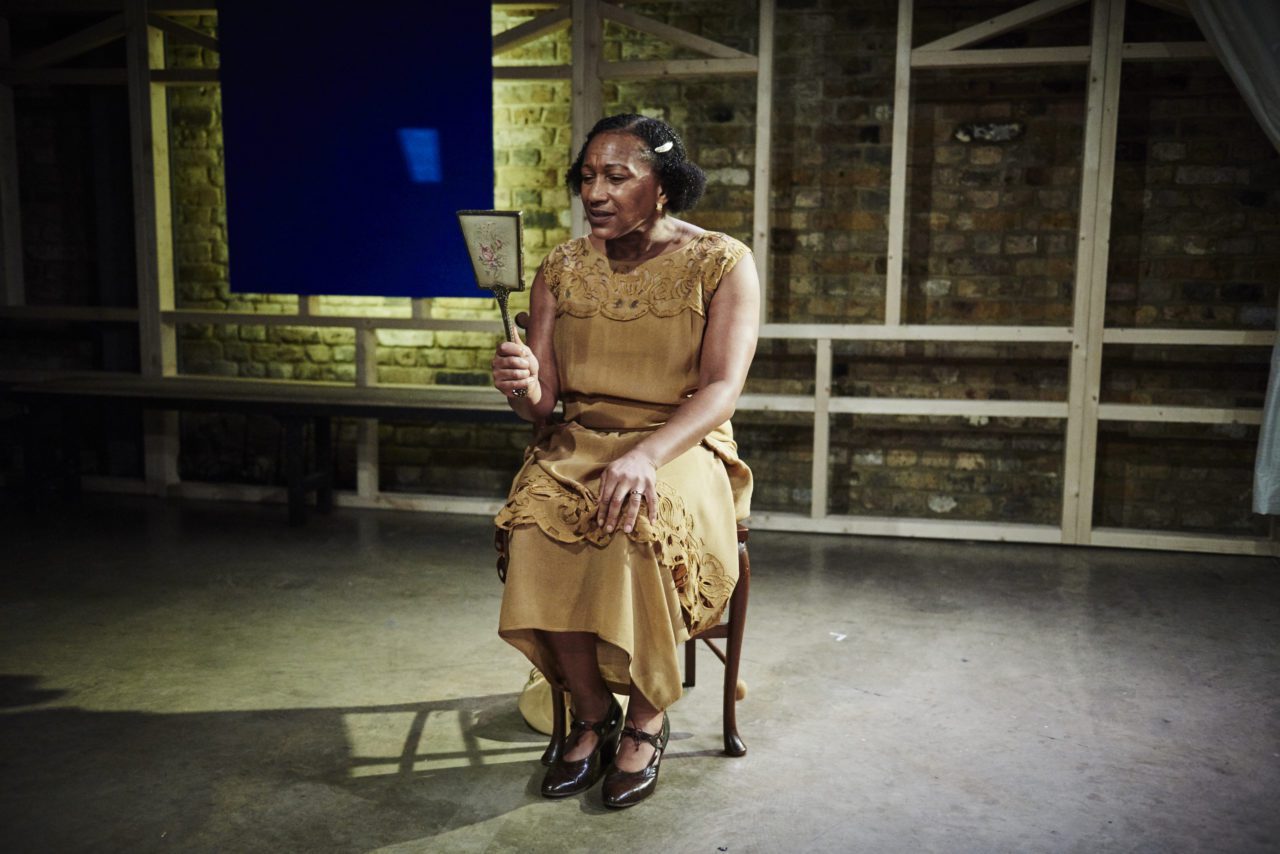

As the novel opens, the very first line shares of one of Clarissa’s first errands in preparation for her party, reading, “Mrs. Ultimately, female identities during the early 20th century existed solely in the delegation of characteristics attached to women by men, as demonstrated in Clarissa’s lack of personal identity, Peter’s function as a delegate of the female identity, and the effect of patriarchal society upon feminist motives.įirst, Woolf exposes the tragic reality of the 20th century female identity through the nonexistence of Clarissa’s individuality, largely forced upon her by her male counterparts. However, as a bold decision of literary genius, this conclusion serves to show that women found their individuality only in the features that men assigned them. Woolf even ventured as far as to conflude the novel through a male perspective, which, at face-value, seems an anti-feminist sentiment. However, throughout Clarissa’s journey, Woolf exposes readers to the inner workings of Clarissa’s mind, and in doing so, paints a tragic picture of the identity conflicts that women were facing at the time.

The occasion also serves as Woolf’s platform in displaying the convoluted connections between the thoughts and conflicts of each character. The plot follows Clarissa as she prepares for a party in her home, which to her, serves as a monunetous opportunity for social interaction, a beloved custom of hers. Utilizing a stream of consciousness approach, the novel endeavors to explore the complexity of the human consciousness and its internal conflicts, particularly through the protagonist, Clarissa Dalloway, and her daily endeavors. Dalloway, written by Virginia Woolf, is a piece of modernist literature that many regard as one of the most groundbreaking feminist works ever composed.


 0 kommentar(er)
0 kommentar(er)
